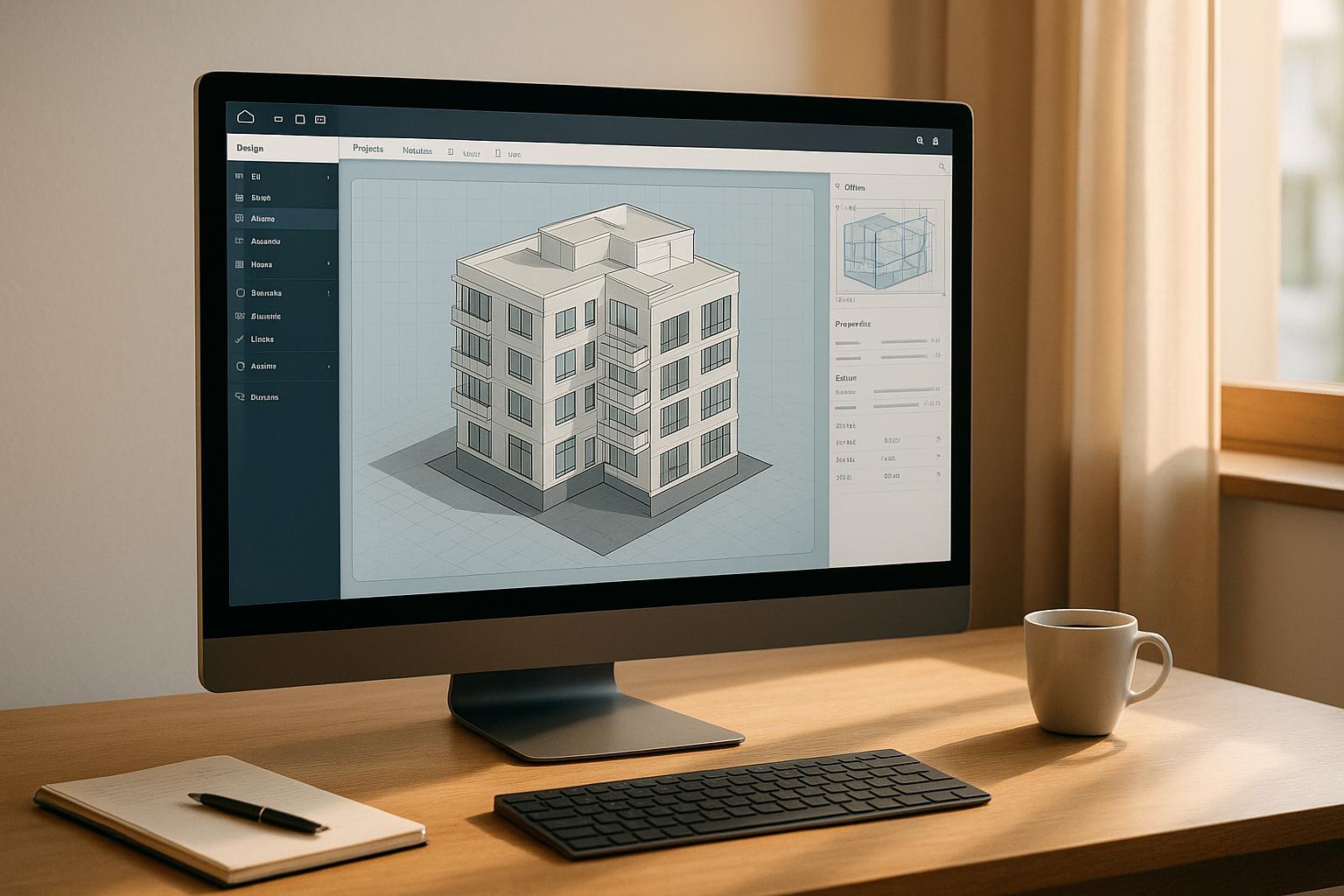Staff Augmentation vs. In-House Hiring: What Growth-Stage Startups Need to Know
Taher Pardawala January 23, 2025
Choosing between staff augmentation and in-house hiring can make or break your startup’s growth. Here’s a quick guide to help you decide:
- Staff Augmentation: Best for quick scaling, accessing specialized skills, and handling short-term needs. It’s faster (2–14 days to hire) and often cheaper upfront but may lack long-term knowledge retention.
- In-House Hiring: Ideal for building core teams, retaining institutional knowledge, and aligning with long-term goals. However, it’s slower (42 days to hire) and comes with higher costs (1.4x salary due to benefits).
Quick Comparison
| Factor | Staff Augmentation | In-House Hiring |
|---|---|---|
| Cost | $20-100/hour, no benefits | $120K-150K/year + 1.4x overhead |
| Hiring Speed | 2-14 days | 42 days |
| Flexibility | High, adaptable contracts | Low, fixed commitments |
| Skill Access | Instant, specialized talent | Limited to local talent pool |
| Knowledge Retention | Minimal | High |
Key takeaway: Use staff augmentation for speed and flexibility, and in-house hiring for long-term stability. Many startups combine both for the best results.
Staff Augmentation vs Hiring a Full-Time Employee
Understanding Staff Augmentation
Staff augmentation offers growth-stage startups a way to quickly bring in specialized technical talent through temporary contracts. Let’s break down why this approach is effective for scaling teams, along with the key factors to consider when implementing it.
Benefits of Staff Augmentation
For startups focused on moving fast, staff augmentation brings several advantages:
- Onboarding in just 1–4 weeks compared to the typical 3–6 months for regular hires
- 20–30% savings on project costs compared to hiring full-time employees
- Instant access to specialized technical expertise
"Staff augmentation allows startups to remain agile and access top talent without the long-term commitments and overhead costs associated with traditional hiring." – Sarah Chen, CTO of TechStars, Forbes Technology Council, 2024
Challenges with Staff Augmentation
Despite its advantages, there are challenges that startups need to address to make staff augmentation work effectively.
Team Integration: Ensuring new team members align with the existing culture and workflows is crucial. Success often depends on the following:
- Establishing clear communication channels
- Clearly defining roles and responsibilities
- Implementing knowledge-sharing practices
- Standardizing quality assurance processes to maintain consistent results
- Setting equal participation expectations for all team members
These strategies directly tackle the concerns around team cohesion and alignment, which can be tricky when blending temporary and permanent staff.
In-House Hiring
In-house hiring is the classic way of building a team. Startups directly employ full-time staff who become core members of the organization. These employees are on the payroll, receive benefits, and are committed to the company for the long haul.
Advantages of In-House Hiring
While hiring through external methods often focuses on speed, in-house hiring brings long-term benefits. One major plus is the accumulation of institutional knowledge. When a team works together consistently, they develop a deeper understanding of the company’s products, processes, and goals.
Some key benefits include:
- Strong alignment with company culture and vision.
- Better teamwork and smoother decision-making.
- Retention of critical knowledge about the company.
- Direct control over project development and processes.
Challenges of In-House Hiring
However, these benefits come with challenges that can slow down growth. Long hiring processes can disrupt project timelines, which is concerning given that 23% of startups fail due to issues with team-building [1].
The financial side is another hurdle. Employment costs often reach 1.4 times the base salary when factoring in benefits and other overhead expenses. Beyond salaries, startups must account for:
- Full compensation packages.
- Operational costs like office space and tools.
- Additional costs such as training and management.
Another drawback is the lack of flexibility. Fixed teams may face skill gaps during major shifts or pivots, making it harder to adapt quickly. This is where external hiring methods, like staff augmentation, often have the upper hand by providing access to specialized talent as needed.
sbb-itb-51b9a02
Comparing Staff Augmentation and In-House Hiring
When startups are deciding how to grow their teams, choosing the right hiring model is critical. Let’s break down how staff augmentation and in-house hiring compare.
Key Factors Compared
| Factor | Staff Augmentation | In-House Hiring |
|---|---|---|
| Cost | $20-100/hour for senior developers, no benefits required | $120K-150K annual salary plus 1.4x overhead costs |
| Hiring Speed | 2-14 days on average | 42 days on average (based on SHRM data) |
| Integration Depth | Project-based collaboration | Deep involvement across the organization |
| Flexibility | Contract terms are adaptable | High commitment with complex offboarding |
| Skill Access | Instant access to specialists | Limited by the local talent pool |
| Knowledge Retention | Minimal long-term knowledge retention | Retains institutional knowledge over time |
These differences shape how each model impacts operations and long-term strategy.
Best Scenarios for Each Model
Staff augmentation is ideal for startups navigating certain challenges. Here’s when it works best:
- Scaling quickly: When a startup needs to expand its development team fast, like for a product launch.
- Specialized expertise: For projects requiring niche skills, such as blockchain or AI.
- Temporary surges: Handling short-term spikes in workload, like during fundraising or acquisitions.
On the other hand, in-house hiring shines in scenarios that require deeper integration:
- Core product development: For building and maintaining essential products.
- Strategic roles: Positions tied to long-term goals and intellectual property.
- Leadership positions: Roles needing strong cultural alignment and team oversight.
Many startups opt for a mix of both models, combining the adaptability of staff augmentation with the stability of in-house teams. This approach helps them stay flexible while maintaining a solid foundation.
Choosing the Right Hiring Model for Your Startup
Deciding on the best hiring model for your startup means taking a close look at your specific needs and goals. Use this guide to turn general cost and speed comparisons into actionable steps.
Evaluating Your Startup’s Needs
Here are five key factors to help you decide:
| Factor | Key Questions | Best Fit |
|---|---|---|
| Timeline | Do you need talent within 2 weeks? | Staff Augmentation |
| Project Scope | Are you building your core product? | In-House Hiring |
| Budget | Is your upfront capital limited? | Staff Augmentation |
| Skills Required | Do you need highly specialized expertise? | Staff Augmentation |
| Knowledge Retention | Do you need long-term expertise? | In-House Hiring |
Using a Mixed Approach
Sometimes, combining hiring models can strike the right balance. To make this work:
- Clearly define which roles are core and which are specialized.
- Set up systems to capture and document knowledge.
- Foster a unified team culture, even with a mix of in-house and external members.
How AlterSquare Can Help

AlterSquare’s services are designed to address the challenges highlighted in this framework. Here’s how we can support your startup:
- Scalable engineering solutions tailored for companies on a growth path.
- On-demand tech team augmentation with specialized expertise.
- Strategic advice to build the right team structure for your needs.
Conclusion: Selecting the Best Path for Growth
For growth-stage startups, hiring decisions play a huge role in scaling effectively. According to TechScale‘s 2024 survey, companies that leverage a mix of talent strategies cut their time-to-market by 37% compared to those relying on a single approach.
The best approach balances short-term needs with a long-term vision. Allocating resources wisely is crucial to meet the demands of rapid scaling while ensuring sustainable progress.
For startups navigating urgent growth challenges, combining different hiring strategies often proves most effective. Key factors for success include:
- Aligning hiring strategies with growth goals
- Regularly reviewing team performance
- Maintaining knowledge flow between permanent and temporary staff
- Building operational flexibility to support scaling
The numbers are clear: startups see the best results when they focus on hiring strategies that address immediate demands while keeping an eye on long-term goals. Regular performance reviews ensure team structures stay efficient and aligned with evolving needs.








Leave a Reply